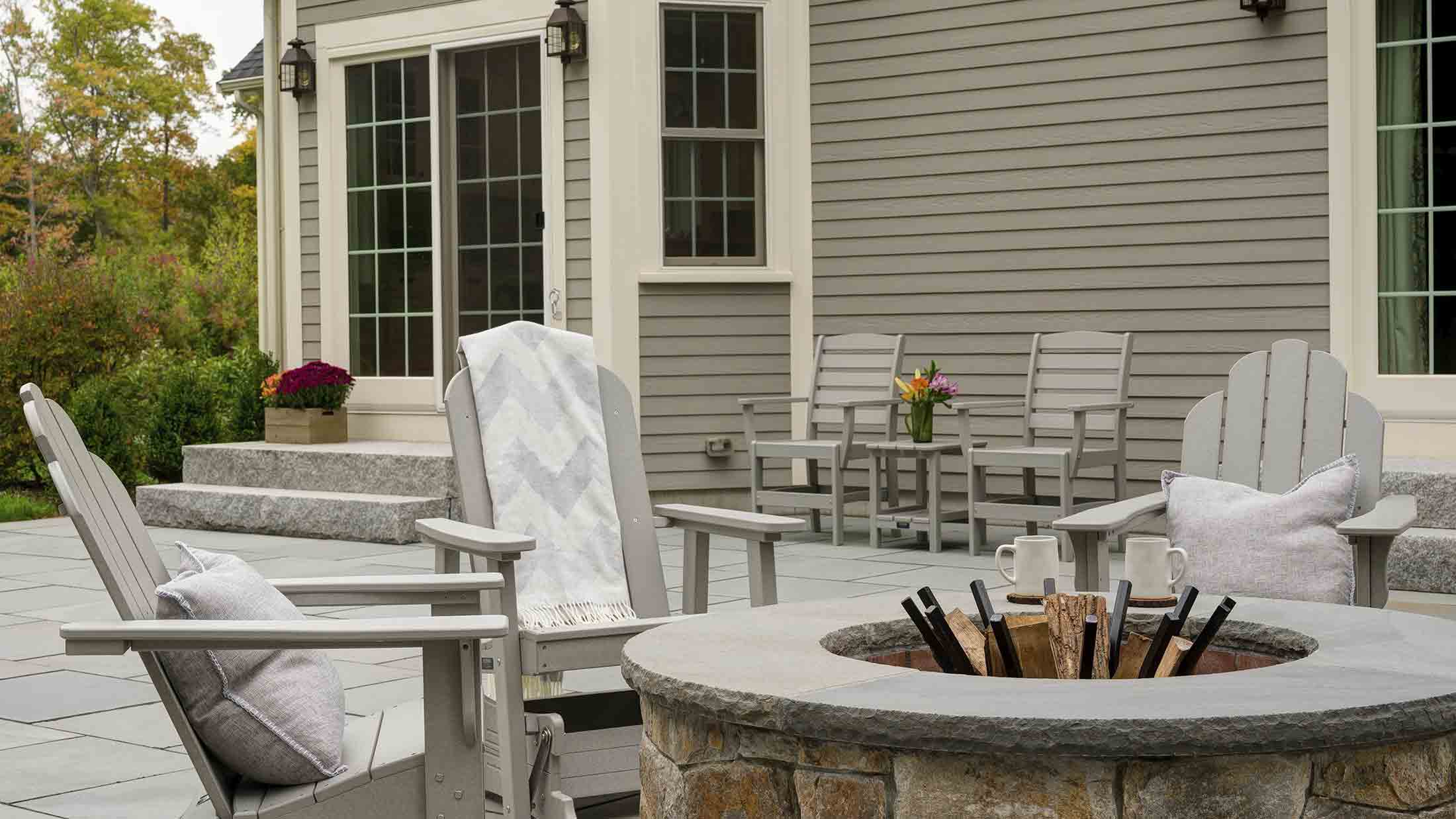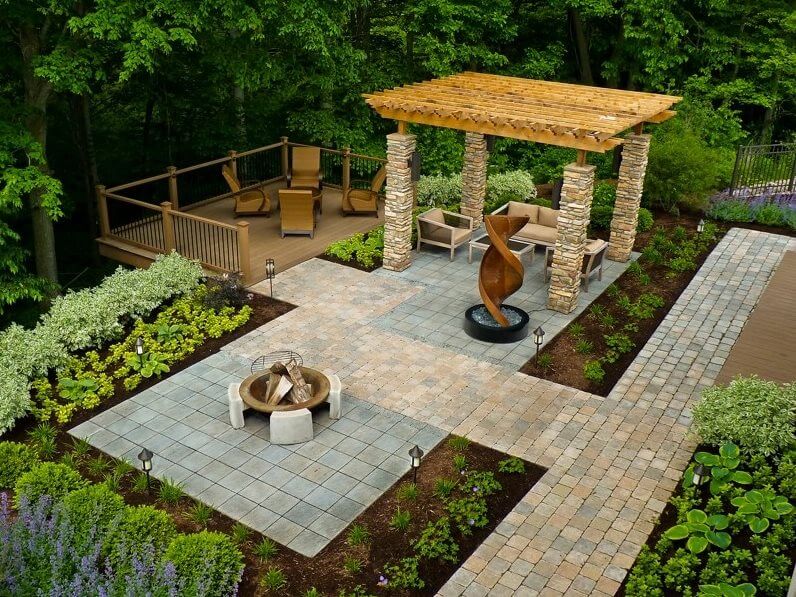The Basic Principles Of Landscapers
The Basic Principles Of Landscapers
Blog Article
The Basic Principles Of Landscapers
Table of ContentsGetting My Landscapers To WorkThe Single Strategy To Use For LandscapersThe Single Strategy To Use For LandscapersLandscapers Fundamentals ExplainedThe Definitive Guide to Landscapers
- A tree or bush (bush) that sheds its leaves in winter season. In the PNW there are semi-deciduous or semi-evergreen plants that might shed their fallen leaves relying on exactly how cool the wintertime is. Abelia and some hebe are excellent instances. Landscapers. - A level event space, made of timber or composite material (made to appear like wood), generally surrounding or connected to a structure.

- Granite that is weathered to the factor that it is a really fine accumulation. This is a natural process, and the result can be made use of for courses and outdoor patios. Disintegrated granite is usually described as DG. It is specifically helpful in modern landscapes. - Trick landscape features being recommended in a landscape style plan.
Landscapers Can Be Fun For Anyone
These objectives lead the style process, not the developer's style or choices. Typical layout objectives in Rose city are reduced maintenance, drought tolerant, and pet pleasant.
Nevertheless, with time this layer can get very thick and make it hard for water, sun, and nutrients to reach portions of the lawn.- The procedure of gathering and managing the circulation of water on a property. This can be performed with grading, French drains pipes, dry wells, absorptive surface areas, sump pump, rainfall yards, and a lot more.
Quality at the end of hills, with all-natural springs, or full of hefty clay have one of the most drainage troubles.- A slow-moving feeding watering system that makes use of adaptable tubes and emitters to send an exact amount of water to every plant. This is one of the most reliable method of irrigating plants. - The capability of a plant to survive without much summer season water.
- A garden feature where water is stood for by an accumulated stone item, generally a crushed rock or granite. These are most typically discovered in modern-day and Japanese garden design.- A rock or natural flagstone outdoor patio, course, or sidewalk built without a concrete base. The base would be compressed gravel and the joints would be an accumulation or walkable ground cover.
The smart Trick of Landscapers That Nobody is Talking About
- A stone keeping or cost-free standing wall surface built without making use of mortar. A highly competent mason is required for a completely dry pile rock wall. Many wall surfaces in Portland are moist piled, even if they show up to be. - A below ground structure that collect water and enables it to slow down percolate into the soil around it.
Landscape layout that is compatible with a websites' environment in both appearance and sustainability without adverse impacts to the environment. Edging in the landscape is a line of separation that develops visual rate of interest in the garden by separating one section from an additional segment.
Areas can also have a sensation of "enclosure" provided by trees, other growings, fences, or screens. The landscape near the entry to a structure.
A plant that is foreign to the place where it will be grown. Not all "exotics" are intrusive or unsafe, and lots of can be well acted or dry spell tolerant (Landscapers). A mass planting of brushes. Thicker bladed turf grass that spread through rhizomes.: The level of dirt on your property prior to bark dust or garden compost is spread out.
What Does Landscapers Do?

The purpose, factor, or action that a location is be landscaped for. Stairways operate, as an example, to enable foot website traffic backwards and forwards an incline. Room for growing plants for checking out, consuming, or physical activity. A roofed structure used over an outdoor gathering area. The sprouting of a seed, probably referring to a grass that is being expanded from seed.
Low plants that are permitted or encouraged to spread over an area. Can refer to any type of "tough" yard elements consisting of statuary or stones however a lot of generally is made use of to refer to courses, patios, and walls.: Elevation difference between the level of water in a fish pond (or the degree of the pump if it rests outside the fish pond) and the top outlet of water which affects efficiency of the water pump in gph (gallons per hour).

A Biased View of Landscapers
Standard PNW landscapes are casual. A plant that spreads even more than desired, or right into habitats where it does damages.
Smart irrigation controller testimonials and suggestions here. 2-D rendering of the recommended irrigation system. Can consist of head placements and coverage, pipe sizing, GPM specifications, and materials required to install this system. An irrigation strategy is usually unnecessary for houses but is common for commercial jobs. Licensed specialist that designs landscapes, schooled in engineering and architecture as well as in gardening.
Landscape designers commonly have much less education than Landscape Architects and are not licensed. A completed landscape style, detailing all components for the new landscape.
Calcium material utilized to elevate the pH in soil, which will certainly make it more info here much less congenial to moss. A water limited HDPE material made use of below ponds, streams and waterfalls in water features. Making use of lots of plantings of the exact same selection to fill in a location in the landscape. This can reduce upkeep and water usage in the yard.
Report this page